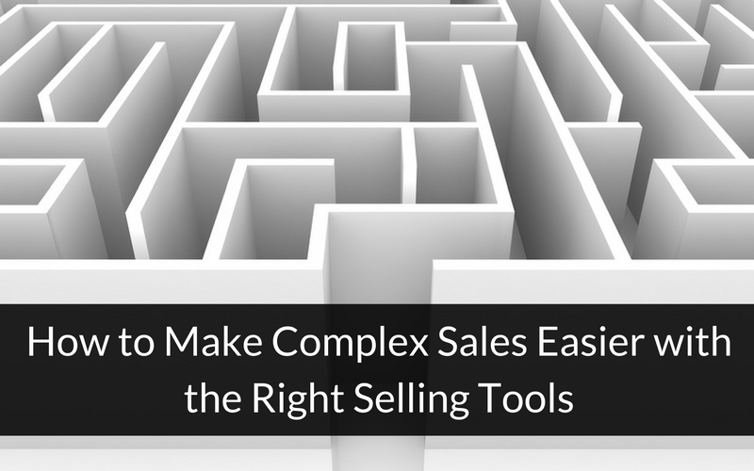
Overcoming buyer objections is an essential selling skill that takes time and experience to acquire. This is particularly true for sales teams with a long and complex sales cycle.
There are a few things you need to learn to help you overcome objections and streamline the sales process.
First, you must find ways to make labor savings, one of the most common promises of new products and services, believable. You must also control the conversation so you can prevent objections in the first place. Last but not least, you must learn the language of the CFO so you can persuade the financial team and upper management that what you are selling is worth allocating the money for now rather than later (or never).
Confirm Labor Savings
Products and services have been sold under the guise of “saving labor” for decades. It should therefore come as no surprise that most prospects are skeptical of that claim.
It can be difficult to prove labor savings because it’s often spread across so many people’s time. It’s sometimes thought of as a soft or indirect benefit that doesn’t really impact the business economically.
The only sure way labor savings can be created is through reducing headcount, deferring the hiring of more workers, or reallocating employees to other value added activities. With the threat to jobs, it’s no wonder it can be difficult to persuade the buying team to shell out for your offering.
Some members will be uncomfortable with considering anything that could put co-workers or, worse, themselves, out of a job or be otherwise negatively impacted.
By applying a Productivity Capture FactorTM you can help you discuss labor savings while keeping the customer comfortable, because without a solid, defensible foundation, your business case won’t hold up. A Productivity Capture Factor acknowledges that a business cannot expect to realize every minute of labor savings on the bottom line even if that time savings is real.
Prevent Objections
As the old saying goes, “An ounce of prevention is worth a pound of cure.” Preventing objections in the first place makes the sale flow smoother than if you have to respond to objections later.
One way to do this is to be patient before scheduling a demo. The beginning of the pitch is not the time to be talking features. You start by identifying the customer’s problem and defining how it is impacting the business, particularly the financial side. How much is this problem costing the company? That is a piece of information that will get attention.
Walk prospects through their pain points to create an emotional or financial attachment to resolving them. You can then leverage statements like, “If we could solve that problem and save you that amount of money, is it worth more time to discuss?”
Get them to own their numbers and many potential objections will fall by the wayside. Use an ROI calculator to help you and your prospect build a business case to take back to the finance committee.
Persuade the Financial Team
When you have a complex sale, you have a complex audience profile. You may begin by presenting to a front line manager who is looking for a solution that meets predetermined specifications, but you must look upward to talk to the people who have the power to close the deal. Plus you must speak their language.
A Chief Financial Officer or a financial buyer care more about the financial impact to the company. They live and breathe financial terms: revenue impact, time to benefit, business risk. Tell them why, in dollars saved or earned, they should allocate funds for your solution before or instead of funding another part of the business.
Customer Education (aka The Challenger Sale)
A challenger sale is one in which the sales representative teaches prospects something about their business and then tailors the sales pitch to resonate with customer concerns. It’s a method of controlling the sales process.
To be a Challenger Rep you need:
- A strong understanding of the customer’s business
- A different view of the world
- A love of debate
- A willingness to push the customer
The challenger sale aligns perfectly with value selling. It focuses on value over price; it controls discussions about pricing; and it continuously creates value throughout the sales cycle. It centers the discussion on the customer’s business and solving a real problem.
A complex sale requires a more complex selling process; you have different target audiences to address with different needs and interests. Thankfully, you can ease the complexity by using the right selling tools to meet each challenge along the journey.









